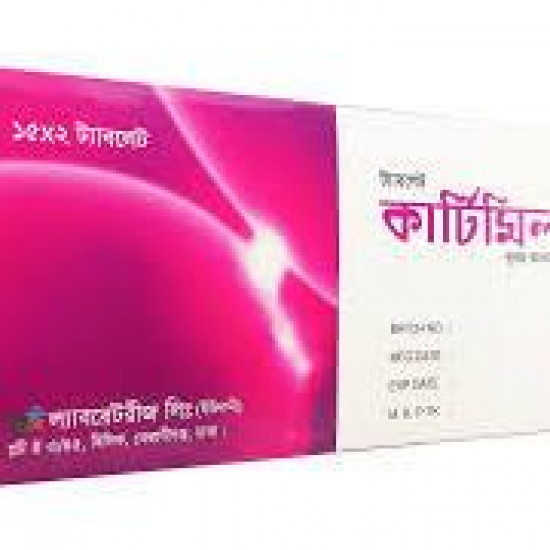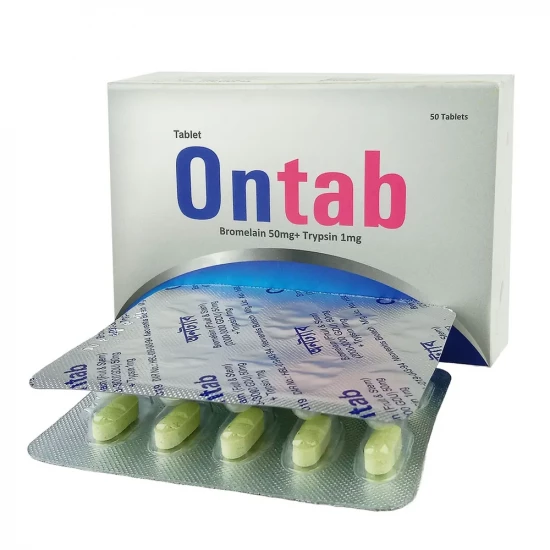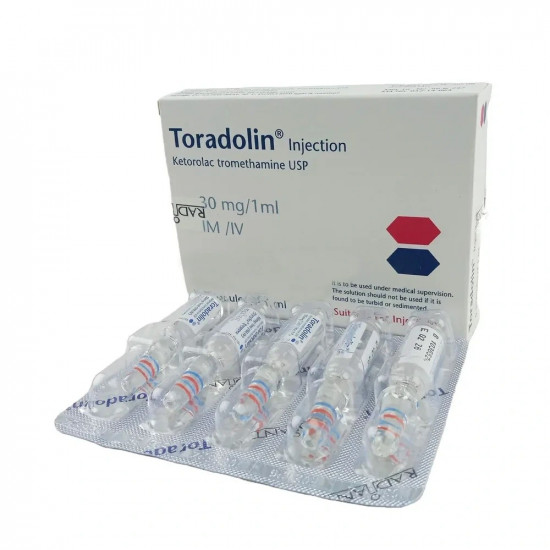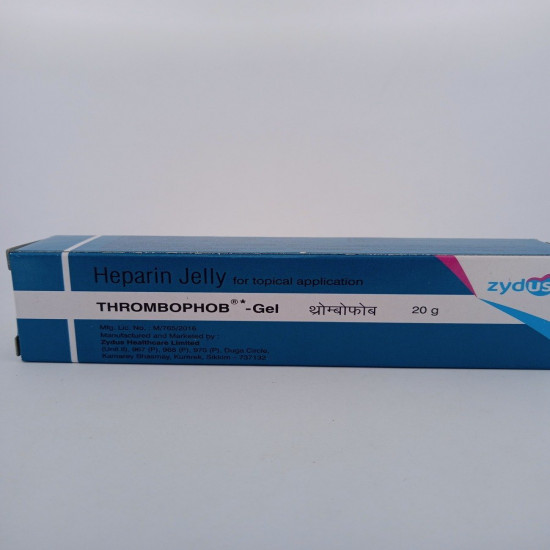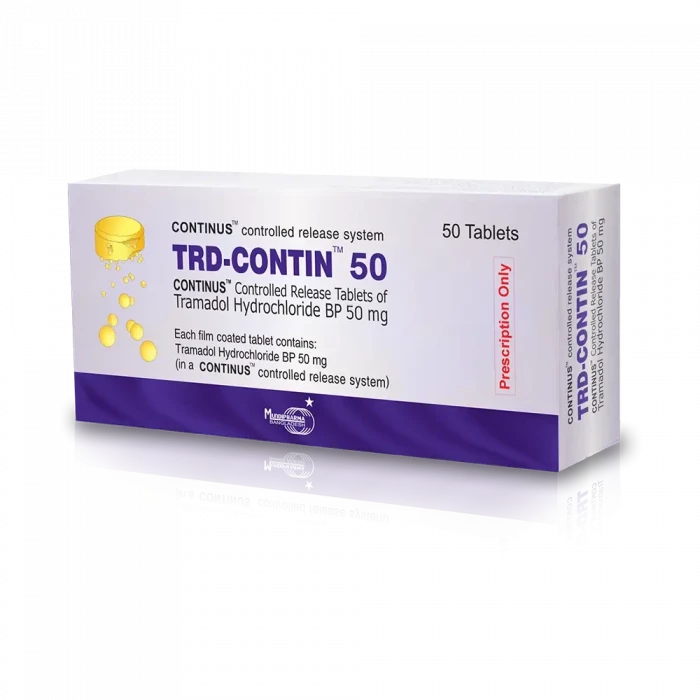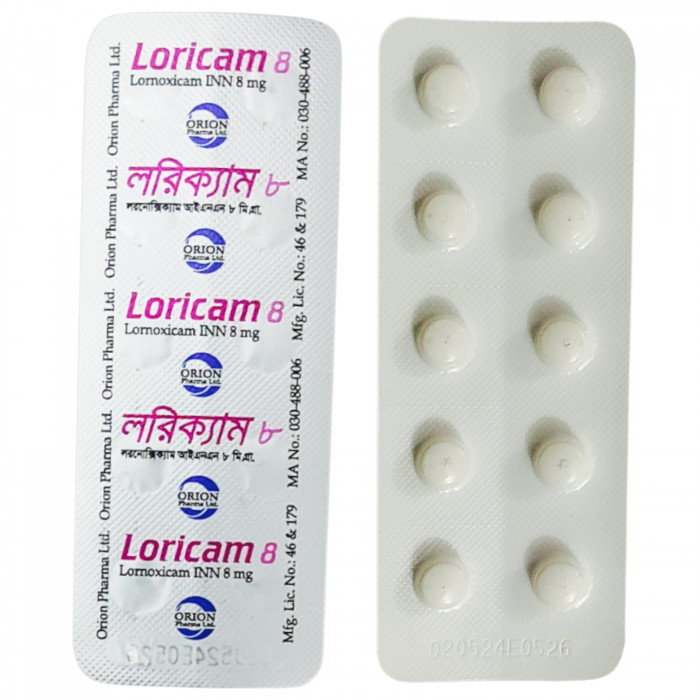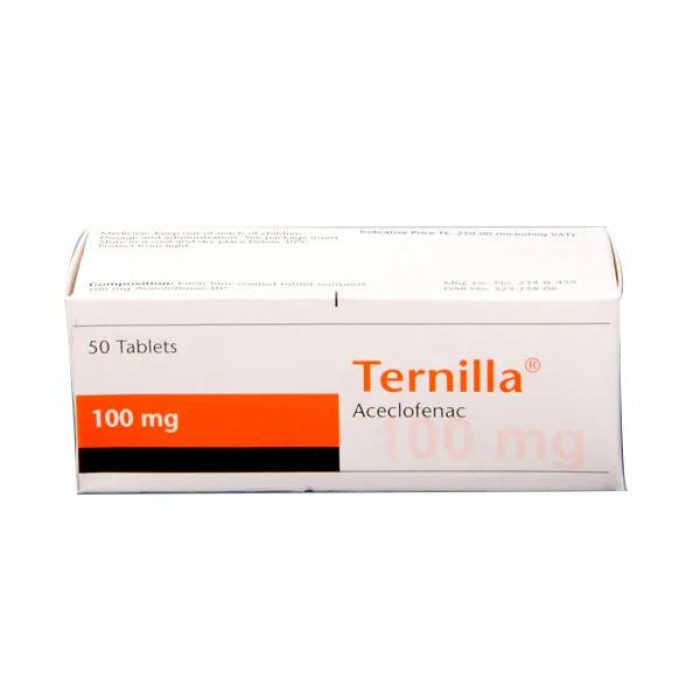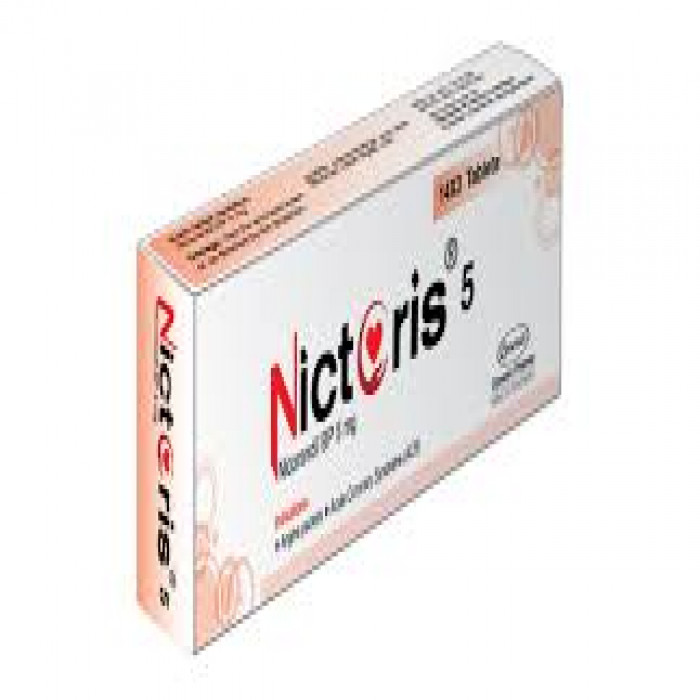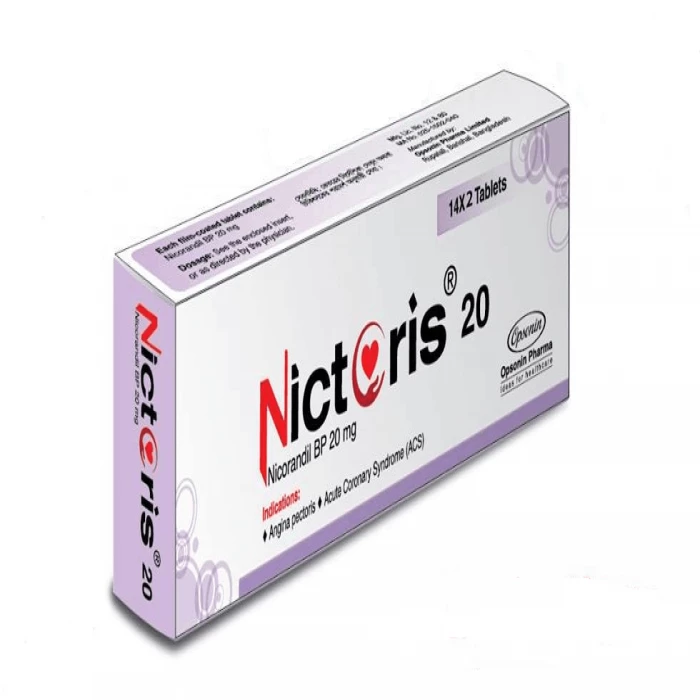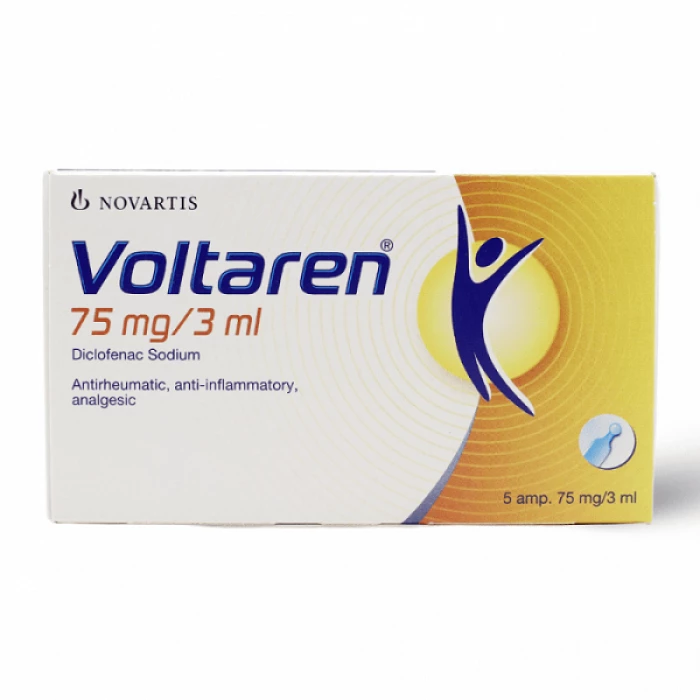
✔ 100% Authentic Product
👁️ Currently Viewing 3626
Voltalin– IM Injection (75 mg/3 ml) 1Pc
Manufacturer/Distributor: Novartis (Bangladesh) Ltd.
Generic Name: Diclofenac Sodium 75 mg/3 ml Injection
Discount
Price: ৳ 146
MRP:
৳
150.57
3%
Off

100% Genuine Products, Guaranteed

Safe & Secure Payments, Always

Fast, Secure & Efficient Delivery

Proper Packaging
 Cash on Delivery - All over Bangladesh
Cash on Delivery - All over Bangladesh Regular Delivery - 12-24 Hours, Dhaka City* Charge Tk.39-59
Regular Delivery - 12-24 Hours, Dhaka City* Charge Tk.39-59 Regular Delivery - 24-48 Hours, Other Cities* Charge Tk.99-110
Regular Delivery - 24-48 Hours, Other Cities* Charge Tk.99-110
 ফ্রি ডেলিভারিঃ - ৯৯৯ টাকা+ অর্ডারে, ঢাকা
শহরে
ফ্রি ডেলিভারিঃ - ৯৯৯ টাকা+ অর্ডারে, ঢাকা
শহরে ফ্রি ডেলিভারিঃ - ২৯৯৯ টাকা+ অর্ডারে, ঢাকার
বাহিরে
ফ্রি ডেলিভারিঃ - ২৯৯৯ টাকা+ অর্ডারে, ঢাকার
বাহিরে
100% Genuine Products, Guaranteed
Safe & Secure Payments, Always
Fast, Secure & Efficient Delivery
Proper Packaging
 Cash on Delivery - All over Bangladesh
Cash on Delivery - All over Bangladesh Regular Delivery - 12-24 Hours, Dhaka City* Charge Tk.39-59
Regular Delivery - 12-24 Hours, Dhaka City* Charge Tk.39-59 Regular Delivery - 24-48 Hours, Other Cities* Charge Tk.99-110
Regular Delivery - 24-48 Hours, Other Cities* Charge Tk.99-110 ফ্রি ডেলিভারিঃ - ৯৯৯ টাকা+ অর্ডারে, ঢাকা
শহরে
ফ্রি ডেলিভারিঃ - ৯৯৯ টাকা+ অর্ডারে, ঢাকা
শহরে ফ্রি ডেলিভারিঃ - ২৯৯৯ টাকা+ অর্ডারে, ঢাকার
বাহিরে
ফ্রি ডেলিভারিঃ - ২৯৯৯ টাকা+ অর্ডারে, ঢাকার
বাহিরে
✅ Description:
Indication
Rheumatoid arthritis, Osteoarthritis, Ankylosing spondylitis, Pain, Migraine, Dysmenorrhea, Muscle aches, Acute gout, Inflammation, Renal colic,Tendinitis, Backaches, Dental pain, Menstrual cramps, Bursitis
Administration
Should be taken with food. Take immediately after meals.
Adult Dose
Oral Rheumatoid Arthritis, Osteoarthritis Diclofenac sodium: 50 mg PO q8hr Extended release: 100 mg PO once daily; may be increased to 100 mg PO q12hr Ankylosing Spondylitis Diclofenac sodium: 25 mg PO 4 or 5 times daily Mild-to-Moderate Acute Pain, Dysmenorrhea 100 mg PO once, then 50 mg PO q8hr PRN Intravenous Postoperative pain Adult: As diclofenac Na: 75 mg infusion in glucose 5% or NaCl 0.9% (previously buffered w/ Na bicarbonate) given over 30-120 min or as bolus inj, may repeat after 4-6 hr if necessary. Max period: 2 days. Intramuscular Rheumatoid arthritis; Sprains ; Strains; Tendinitis; Pain and inflammation associated with musculoskeletal and joint disorders ; Bursitis; Acute gout; Dysmenorrhoea Adult: As diclofenac Na: 75 mg once daily, injected into the gluteal muscle, may increase to 75 mg bid in severe conditions. Max period: 2 days. Hepatic impairment: Dose adjustment may be needed.
Contraindication
It is contra-indicated for those patients who are hypersensitive to Diclofenac. In patients with active or suspected peptic ulcer or gastrointestinal bleeding, or for those patients in whom attacks of asthma, urticaria or acute rhinitis are precipitated by aspirin or other NSAIDs possessing prostaglandin synthetase inhibitinig activity, it is also contraindicated. Because of the presence of Lidocaine, it is also contraindicated for those patients who are hypersensitive to local anaesthetics of the amide type, although the incidence is very rare.
Mode of Action
Diclofenac, a phenylacetic acid derivative is a prototypical NSAID. It has potent anti-inflammatory, analgesic and antipyretic actions. It reversibly inhibits the enzyme, cyclooxygenase, thus resulting in reduced synthesis of prostaglandin precursors.
Precaution
History of gastrointestinal ulceration, haematemesis or melaena, ulcerative colitis, Asthma or history of asthma, Crohn's disease, bleeding diathesis or haematological abnormalities. Patients with severe hepatic, cardiac or renal insufficiency or the elderly people, Current or previous high blood pressure ( hypertension) should be kept under close surveillance. All patients who are receiving long-term treatment with NSAID agents should be monitored as a precautionary measure (e.g., renal, hepatic function and blood counts).If abnormal liver function tests persist or worsen, clinical signs and symptoms consistent with liver disease develop or if other manifestations occur, Diclofenac sodium should be discontinued. Use of Diclofenac tablet in patients with hepatic porphyria may trigger an attack. Lactation: Excreted in breast milk; not recommended
Side Effect
Side-effects of Diclofenac is usually mild and transient. It is generally well tolerated. At the starting of the treatment, however, patients may sometimes complain of gastrointestinal discomfort, epigastria pain, eructation, nausea and Diarrhoea, headache and bleeding sometime may occur. Occasionally skin rash, peripheral oedema and abnormalities of serum transaminase have been reported.Very rarely reported side effects include activation of peptic ulcer, haematemesis or melena, blood dyscrasia (extensive usage). There have been isolated reports of anaphylactoid reactions.
Pregnancy Category Note
Pregnancy Published literature reports that use of NSAIDs after 30 weeks’ gestation increases risk of premature closure of fetal ductus arteriosus; data from observational studies regarding potential embryofetal risks of NSAID use, including diclofenac, in women in first or second trimester of pregnancy are inconclusive; avoid use of NSAIDs in pregnant women starting at 30 weeks of gestation (third trimester) Infertility Based on mechanism of action, the use of prostaglandin-mediated NSAIDs, may delay or prevent rupture of ovarian follicles, which has been associated with reversible infertility in some women; published animal studies have shown that administration of prostaglandin synthesis inhibitors has potential to disrupt prostaglandin- mediated follicular rupture required for ovulation; small studies in women treated with NSAIDs have also shown reversible delay in ovulation; consider withdrawal of NSAIDs in women who have difficulties conceiving or who are undergoing investigation of infertility Lactation Data from published literature reports with oral preparations of diclofenac indicate presence of small amounts of diclofenac in human milk; there are no data on effects on breastfed infant, or on milk production; consider developmental and health benefits of breastfeeding along with mother’s clinical need for therapy and any potential adverse effects on breastfed infant from treatment or from underlying maternal condition
Interaction
May increase serum levels of methotrexate. Concomitant use w/ other NSAIDs or anticoagulants (e.g. warfarin) is associated w/ higher risk of GI bleeding. Increased risk of nephrotoxicity w/ ciclosporin or triamterene. May increase the risk of developing corneal complications in patients w/ significant pre-existing corneal inflammation when use concomitantly w/ ophth preparation containing corticosteroids. Colestyramine and colestipol reduce the bioavailability of diclofenac. Decreased plasma concentration when administered after sucralfate. Ophth application of diclofenac may reduce the efficacy of ophth acetylcholine and carbachol. May increase serum levels of lithium and digoxin.
⚠️Disclaimer:
At ePharma, we’re committed to providing accurate and accessible health information. However, all content is intended for informational purposes only and should not replace medical advice from a qualified physician. Please consult your healthcare provider for personalized guidance. We aim to support, not substitute, the doctor-patient relationship.






